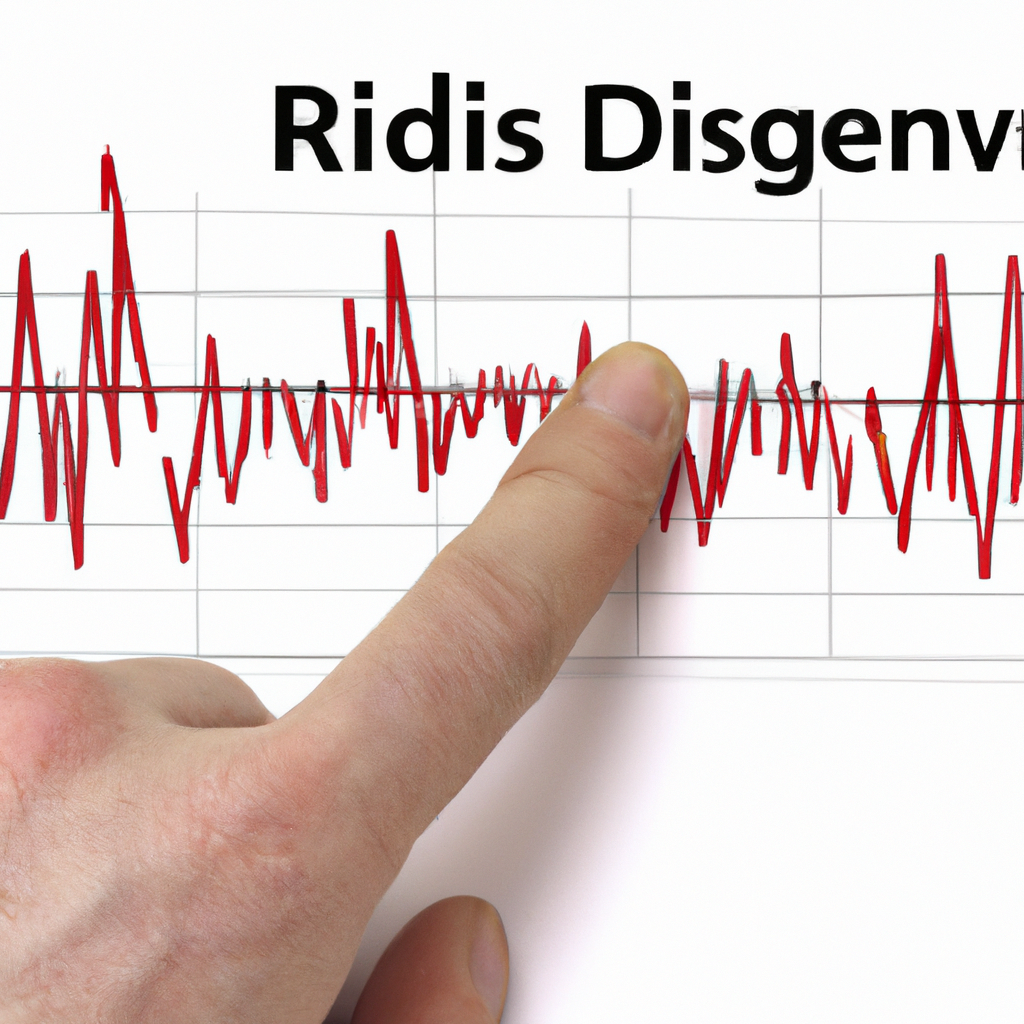Identifying RSI Divergence
RSI divergence is a powerful tool used by traders to identify potential trend reversals in the market. By analyzing the relationship between the price of an asset and the Relative Strength Index (RSI), traders can gain valuable insights into the strength of a trend and potential opportunities for profitable trades.
What is RSI Divergence?
RSI divergence occurs when the price of an asset moves in one direction while the RSI moves in the opposite direction. This divergence indicates a weakening of the current trend and can signal a potential reversal in the near future.
Types of RSI Divergence
There are two main types of RSI divergence: bullish and bearish. Bullish divergence occurs when the price of an asset makes a lower low while the RSI makes a higher low. This indicates that despite the downward price movement, the RSI is showing increasing strength and may signal a potential reversal to the upside. Bearish divergence, on the other hand, occurs when the price makes a higher high while the RSI makes a lower high, indicating potential weakness in the current uptrend.
How to Identify RSI Divergence
Identifying RSI divergence is relatively straightforward and can be done using the following steps:
Step 1: Plot the RSI on a Chart
First, plot the RSI on a chart alongside the price of the asset you are analyzing. The RSI is typically displayed as a line graph below the price chart.
Step 2: Look for Divergence
Next, look for instances where the price of the asset and the RSI are moving in opposite directions. If the price is making higher highs or lower lows while the RSI is doing the opposite, this could indicate divergence.
Step 3: Confirm with Other Indicators
It is always a good idea to confirm RSI divergence with other technical indicators or chart patterns to increase the reliability of your analysis. Look for confluence with other signals such as moving averages or trendlines.
Step 4: Take Action
Once you have identified RSI divergence and confirmed it with other indicators, you can consider taking action in the market. If you see bullish divergence, you may consider going long on the asset, while bearish divergence may prompt you to consider shorting the asset.
Overall, RSI divergence is a valuable tool for traders looking to identify potential trend reversals in the market. By understanding how to identify and interpret RSI divergence, traders can make more informed trading decisions and potentially increase their profitability.


